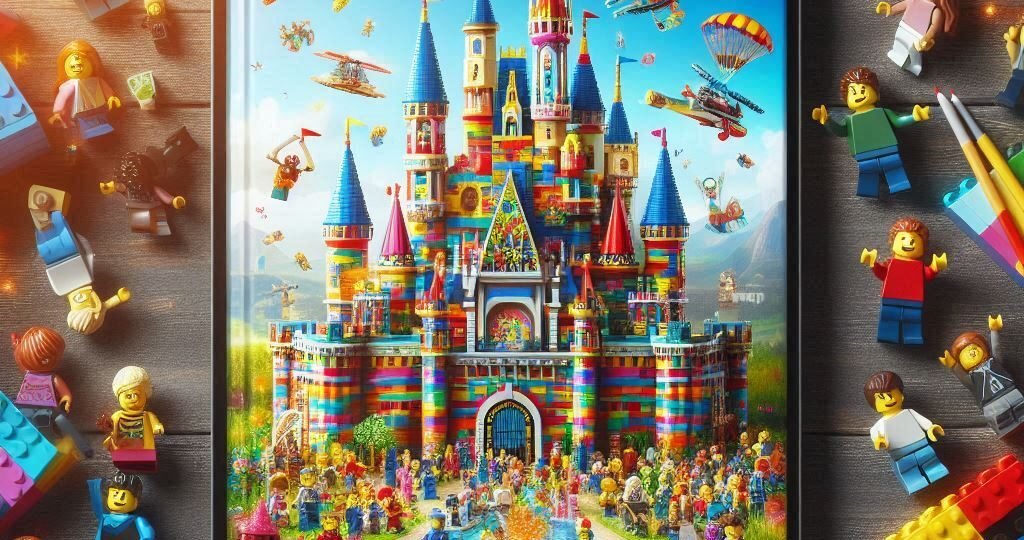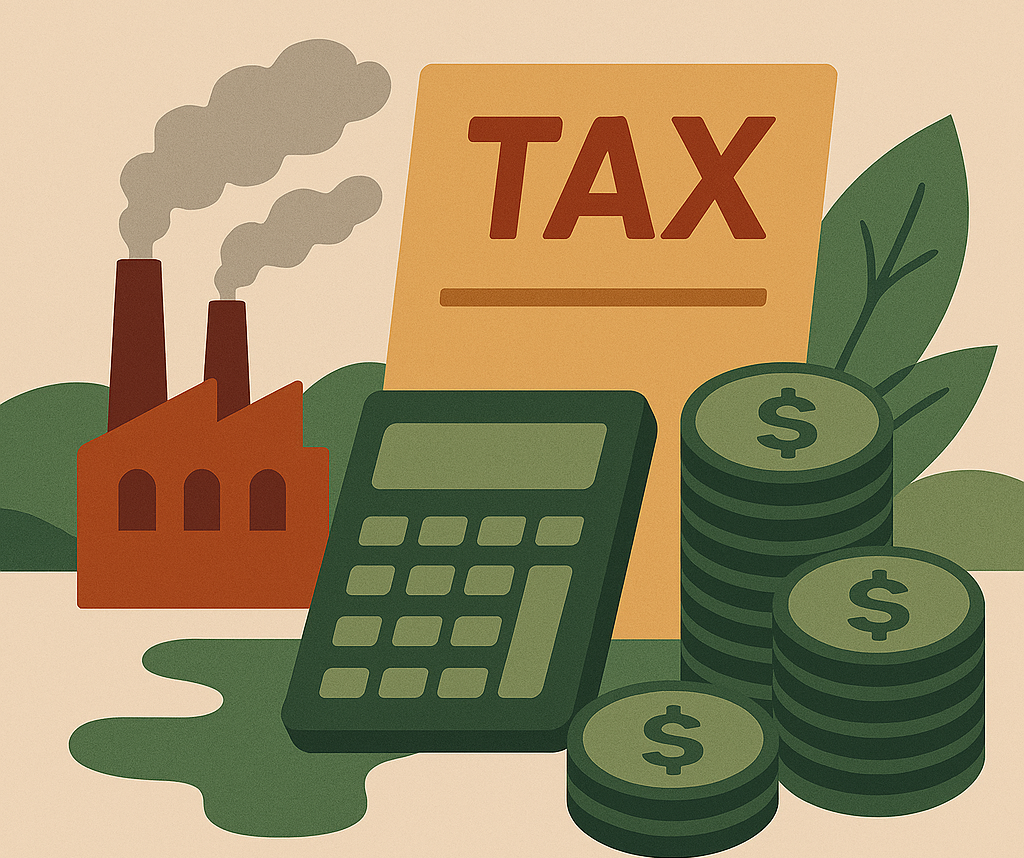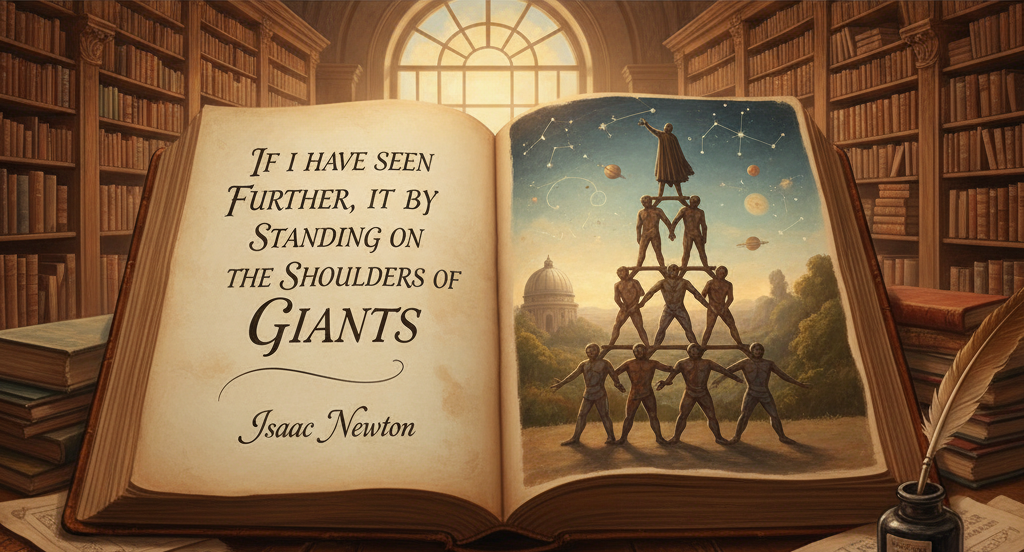The Power of Less: How Scaling Back Saved a Dying Toy Empire
April 3, 2025 | by Venkat Balaji

All of you would probably be familiar with LEGO. They’re a flourishing toy company right now, and from children to adults, everyone prides themself in finishing a lego set. Today, I’m going to tell you a story of the fall and rise of the world’s most successful toy company. The solutions are counterintuitive, but they worked.
Let’s go back 2 decades. Lego, the beloved Danish toy company, nearly crumbled under its own weight in the early 2000s. Despite being a household name, by 2003, LEGO was drowning in nearly $800 million in debt. The company had lost sight of what made it special—simple, imaginative play—and instead overextended into theme parks, video games, and overly complicated toy sets. Sales plummeted, and LEGO’s survival was uncertain.
At the heart of the problem was overexpansion and product bloat. LEGO had introduced thousands of different pieces, making production costly and inefficient. Sets had become too complex for children, and failed attempts at diversifying (such as LEGO-branded clothing and watches) spread the company too thin. By 2004, LEGO was on the brink of bankruptcy, forced to sell off assets and reconsider its entire strategy.
Enter Jørgen Vig Knudstorp, a former consultant who took over as CEO. His approach was radical but effective—cutting unnecessary products, selling off non-core ventures, and refocusing on LEGO’s strengths. He streamlined production, reintroduced classic sets, and embraced partnerships with Star Wars, Harry Potter, and Marvel, which reinvigorated sales. Most importantly, LEGO launched LEGO Ideas, a platform allowing fans to submit set ideas, ensuring that the company stayed connected with its core audience.
By 2015, LEGO had not only survived but had become the world’s most profitable toy company, surpassing even Mattel. Its turnaround is a testament to creative destruction (ring a bell anyone?). Today, LEGO thrives not just as a toy brand but as a multimedia powerhouse with movies, digital platforms, and thriving adult fan communities.
Lego’s near-collapse serves as a lesson: no company is too big to fail, but those willing to adapt, simplify, and reconnect with their purpose can come back stronger than ever. This is the story of the greatest comeback by LEGO.
RELATED POSTS
View all


